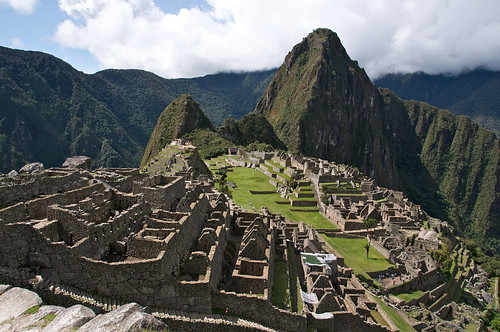

Peru Travel and Tourism
When it comes to exploring the landscapes and ruins of ancient civilizations, it simply may not get better than Peru. Machu Picchu – The Lost City of the Incas - is the most well-known of the ancient ruins and the Inca Trail winds its way through breathtaking mountain landscapes.
In 1983, the United Nations Educational, Scientific and Cultural Organization (UNESCO) named the city of Cusco a World Heritage Site for its history as the capital of Inca Empire. Cusco sits at an elevation of 11,200 feet, so visitors are encouraged to rest and acclimate for a few days after they arrive before moving onto more strenuous activities. The city offers historic Spanish architecture and close proximity to the Inca Trail and Machu Picchu.
There’s no doubt that the geography of Peru offers some incredibly diverse landscapes to explore. Tropical forests fill the Amazon Basin. Adventure travelers can take day hikes and longer multi-day excursions to dramatic snow-capped Andean peaks, while arid plains along the Pacific Coast offer rock outcroppings and consistent waves for surfing.

Nature lovers will delight in exploring the tropical forests that fill the Peruvian Amazon basin. The Tambopata–Candamo Reserve, located near the bustling town of Puerto Maldonado and several indigenous communities, offers frequent sightings of fascinating wildlife such as the giant otter, tapir, capybara, more than 100 species of monkeys, and, with a little luck, maybe even a jaguar. A boat ride down the Tambopata River to the Colpa Colorado – the world’s largest macaw clay lick – is an unforgettable experience for both bird watchers and photographers.
Sustainable Lodging in Peru
Rural ecolodges are a specialty in Peru. You’ll be able to find hotels, bed and breakfasts and bungalows situated close to the pastoral beauty of the Peruvian countryside.
SustainableTrip.org features Rainforest Alliance Verified accommodations in Peru.
Find your Sustainable Trip to Peru.
Learn more about ecotourism and sustainable tourism in Peru on the Rainforest Alliance’s Eco-Index Web site.

